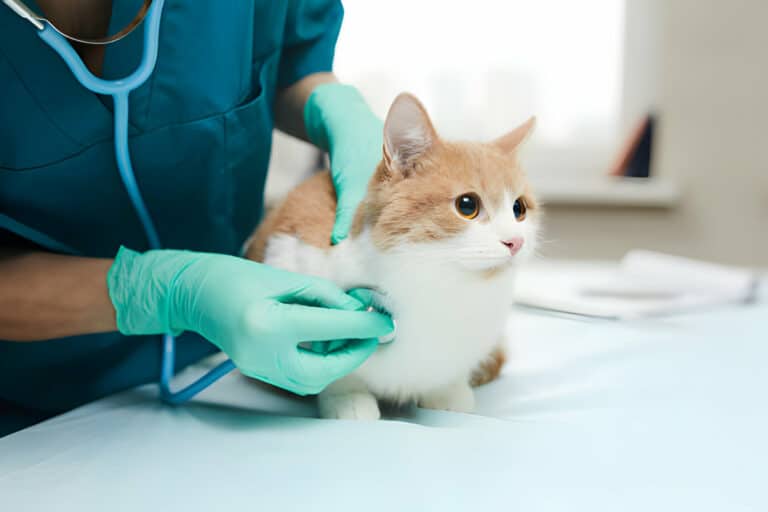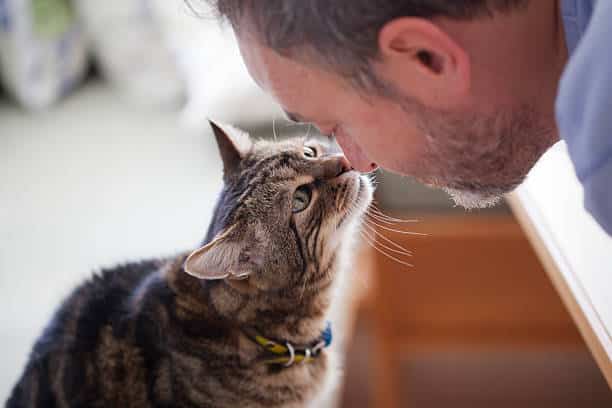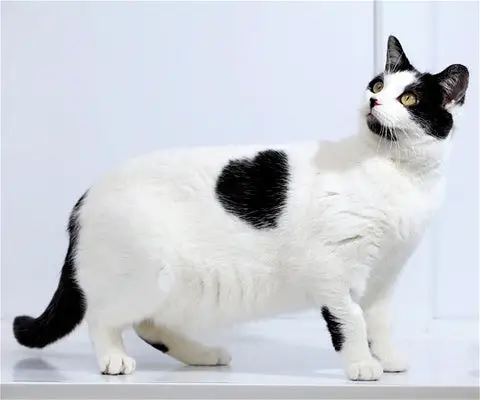A Complete Guide To Reading Cat Food Labels And Ingredients
Many cat owners may find themselves overwhelmed when trying to decipher the information on cat food labels. Understanding what goes into your feline friend’s food is crucial for their health and well-being. With this complete guide, we will break down the ingredients and labels found on cat food packaging, helping you make informed decisions about what to feed your furry companion. By the end of this article, you will be equipped with the knowledge to navigate cat food labels with confidence and ensure your cat is getting the nutrition they need.
Types of Cat Food
The types of cat food available in the market can be overwhelming for pet owners to navigate. It is crucial to understand the different categories to make an informed decision about what to feed your feline friend. This chapter will probe into the various types of cat food, including dry food, wet food, prescription diets, and special formulas.
| Dry Food | Wet Food |
| Semi-moist Food | Raw Food |
| Prescription Diets | Special Formulas |
Dry Food vs. Wet Food
To choose between dry food and wet food for your cat, consider their individual needs. Dry food is convenient, helps with dental health, and can be left out for free-feeding. On the other hand, wet food provides hydration, variety, and can be beneficial for cats with urinary tract issues. It’s crucial to balance both types for a well-rounded diet.
Prescription Diets and Special Formulas
Any cat with specific health concerns or dietary needs may benefit from prescription diets and special formulas recommended by veterinarians. These specialized food options are formulated to address conditions like obesity, urinary health, allergies, or kidney disease. Always consult with your vet before switching your cat to a prescription diet to ensure it meets their nutritional requirements.
Step-by-Step Guide to Reading Labels
| Deciphering Ingredient Lists | Understanding Guaranteed Analysis |
Step-by-Step Deciphering Ingredient ListsWhen reading a cat food label, the ingredient list is a key area to focus on. Ingredients are listed in descending order by weight, so the first few ingredients are the most important. Look for high-quality protein sources like chicken or fish as the first ingredients, and avoid foods with fillers like corn or by-products listed prominently. |
Understanding Guaranteed AnalysisThere’s more to a cat food label than just the list of ingredients. The guaranteed analysis section provides crucial information about the nutrient content of the food. This includes minimum levels of protein and fat, and maximum levels of fiber and moisture. Understanding these values can help you ensure your cat’s diet meets their specific nutritional needs. |
Another important factor to consider when reading cat food labels is the AAFCO statement. This statement indicates whether the food meets the nutritional standards set by the Association of American Feed Control Officials. Look for phrases like ‘complete and balanced’ to ensure the food provides a well-rounded diet for your cat.
Factors to Consider When Choosing Cat Food
For cat owners, choosing the right food for their beloved feline companions can be a daunting task. To ensure you are making the best choice, consider the following factors before making a decision.
-
Age, Weight, and Activity Level
-
Health Issues and Dietary Restrictions
Age, Weight, and Activity Level
Level of senior, adult, or kitten food should match your cat’s life stage. Also, consider your cat’s weight and activity level to determine the right balance of nutrients and calories needed.
Health Issues and Dietary Restrictions
There’s a range of health issues that may require specific dietary restrictions for your cat. Issues like diabetes, kidney disease, or food allergies call for tailored nutrition plans. Consult your veterinarian for proper guidance.
Assume that by addressing these key factors, you will be able to make an informed decision when selecting cat food that meets your pet’s specific needs.
Tips for Choosing Quality Cat Food
Now that you understand the importance of reading cat food labels and ingredients, it’s time to focus on how to choose the best food for your feline friend. Here are some tips to help you make an informed decision:
- Look for a named protein source as the first ingredient.
- Avoid artificial colors, flavors, and preservatives.
- Check for a balanced ratio of protein, fat, and carbohydrates.
- Consider your cat’s specific dietary needs, such as age or health concerns.
- Consult with your veterinarian for recommendations based on your cat’s individual requirements.
Recognizing High-Quality Ingredients
Clearly, high-quality cat food should contain real, named protein sources like chicken, salmon, or turkey. Look for whole ingredients that are easy to understand and free from fillers, by-products, and excessive additives. Nutrient-rich ingredients like fruits and vegetables can also enhance the overall nutritional value of the food.
Avoiding Common Marketing Traps
One common marketing trap to avoid is falling for labels that use terms like “premium” or “natural” without any substantial evidence to back up these claims. Additionally, be wary of brands that heavily rely on flashy packaging or celebrity endorsements to sell their products. Instead, focus on the actual ingredients and nutritional value of the cat food.
This ensures that you are making a well-informed decision based on what is best for your cat’s health and well-being.
The Pros and Cons of Common Ingredients
Keep in mind that the ingredients listed on your cat’s food label play a crucial role in determining the quality and nutritional value of the food. Here, we will break down the pros and cons of some common ingredients to help you make informed decisions about your cat’s diet.
Animal Proteins and By-Products
By-Products: Animal by-products are often a controversial topic in pet food. While they may include less desirable parts of an animal, such as organs or bones, they can still provide important nutrients for your cat. However, the quality of these by-products can vary widely, so it’s important to choose a brand that uses high-quality sources.
Preservatives and Additives
Ingredients: Some preservatives and additives are necessary to ensure that cat food remains safe and nutritious for consumption. However, not all additives are created equal. Some artificial additives can have negative health effects on your cat in the long run. Look for natural preservatives, such as tocopherols (vitamin E), instead of artificial ones like BHA and BHT.
Another consideration is that some additives are included to enhance the taste and palatability of the food, which can be a pro in terms of getting your picky eater to consume their meals. However, be cautious of foods that contain an excessive amount of additives, as they may not offer optimal nutrition for your feline friend.
Conclusion
To wrap up, understanding how to read cat food labels and ingredients is crucial for ensuring the health and well-being of your feline companion. By being knowledgeable about the information provided on the packaging, you can make informed decisions about the best food choices for your cat. Paying attention to the quality of ingredients, nutritional content, and any potential allergens or additives will help you provide a balanced and nutritious diet for your beloved pet. Do not forget, your cat’s dietary needs can vary based on their age, breed, and health conditions, so always consult with your veterinarian for personalized recommendations. With the right knowledge and attention to detail, you can choose the best cat food that meets your cat’s specific needs and supports their overall health.
FAQ
Q: Why is it important to read cat food labels and ingredients?
A: It is crucial to read cat food labels and ingredients to ensure that your cat is getting the necessary nutrients for good health. By understanding what is in your cat’s food, you can make informed decisions about their diet and overall well-being.
Q: What should I look for when reading cat food labels?
A: When reading cat food labels, look for the guaranteed analysis, ingredient list, and nutritional adequacy statement. The guaranteed analysis provides information on the minimum percentages of protein and fat, while the ingredient list helps you identify the quality of ingredients used. The nutritional adequacy statement indicates if the food meets the nutritional levels established by AAFCO.
Q: Are there any ingredients to avoid in cat food?
A: Yes, there are several ingredients to avoid in cat food, such as artificial preservatives (BHA, BHT, ethoxyquin), artificial colors, meat by-products, corn and wheat gluten, and excessive fillers (corn, soy, wheat). These ingredients offer little to no nutritional value and may be harmful to your cat’s health in the long run.







